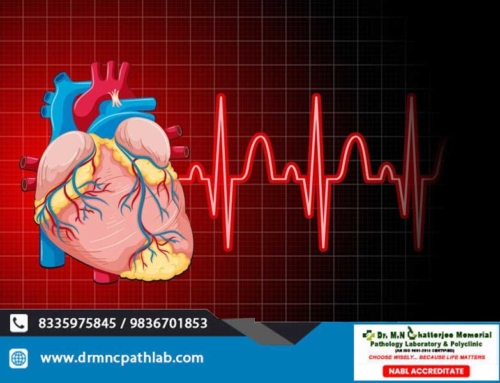The benign tumours that originate in the uterus (womb) are known as uterine fibroids. They are much denser than normal myometrium (uterine wall), although they are composed of the same smooth muscle fibres as the myometrium. The shape of uterine fibroids is usually round. Fibroids do not cause pain or other symptoms in most cases. However, there may be pressure on the bladder or other organs because of exceptionally large fibroids and this may lead to specific symptoms. You will get valuable advice from a specialist doctor at a doctor clinic in Hooghly. Based upon their location within the uterus, these fibroids are often described.
-
Subserosal fibroids
The area beneath the serosa is the area where subserosal fibroids are located. The serosa is the lining membrane on the outside of the uterus.
-
Submucosal (submucous) fibroids
The location of submucosal (submucous) fibroids is the area inside the uterine cavity beneath the inner lining of the uterus.
-
Intramural fibroids
The area within the muscular wall of the uterus is where intramural fibroids are located.
-
Pedunculated fibroids
The growth of pedunculated fibroids is on a stalk of tissue known as a pedicle. The fibroids extend either inside the cavity of the uterus or outside the uterus from its outer surface.
Symptoms
The most common symptom of a fibroid is abnormal uterine bleeding. The tumours can cause heavy periods, painful periods, prolonged periods or spotting between menses if they are near the uterine lining or interfere with the blood flow to the lining. There may be anaemia (iron deficiency) in women with excessive bleeding due to fibroids. There are many other symptoms of fibroids depending on their size, location within the uterus and their proximity to adjacent pelvic organs. Pressure on the bladder, pressure on the rectum and pelvic pain are some symptoms of large fibroids.
Diagnosis and Treatment
The two common methods of diagnosis of uterine fibroids are pelvic exam and ultrasound. Medications, surgery, MRI-guided high-intensity focused ultrasound (MRgFUS) and uterine artery embolization (UAE) are some treatment options for uterine fibroids.
Some of the medicines used are:
- Raloxifene (Evista)
- Danazol (Danocrine)
- Mifepristone (RU-486)
- GnRH analogs (Lupron and others)
- Oral contraceptives in low-dose formulations
When it is necessary, the best doctor in Uttarpara decides to go for surgery to treat uterine fibroids. Hysterectomy is a surgical procedure in which the doctor removes the uterus and the fibroids with it. Another surgical procedure is myomectomy, which is done through a hysteroscope, laparoscope or with the standard open incision on the abdominal wall.
Uterine artery embolization (UAE) is another technique for treating uterine fibroids. In this procedure, small beads of polyvinyl, a type of compound, are injected through a catheter into the arteries that feed the fibroid. These beads starve the fibroids of blood and oxygen by obstructing the blood supply to them.






